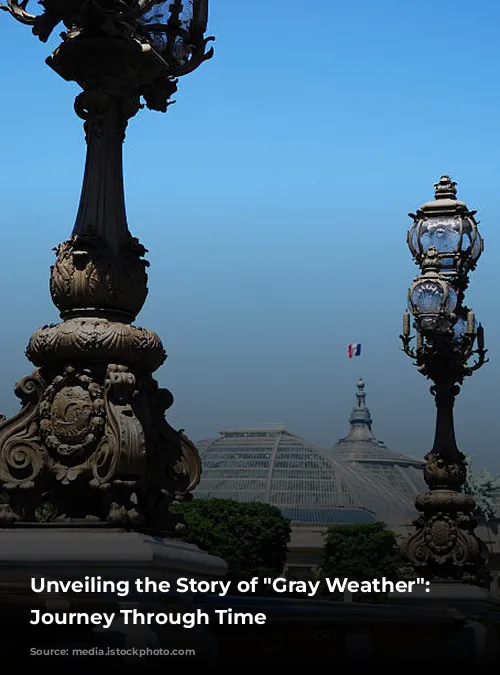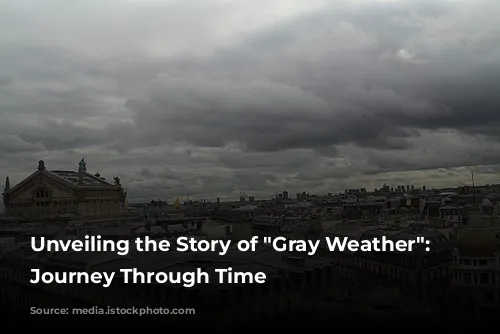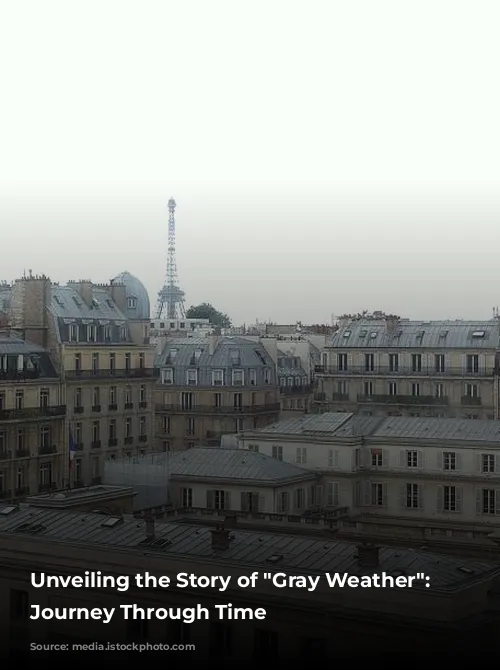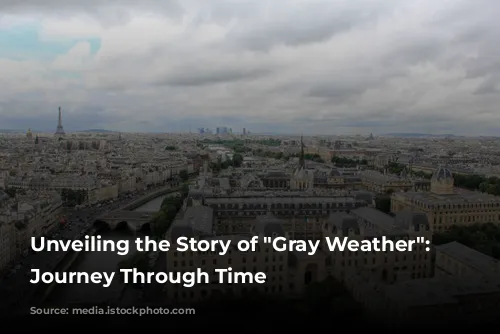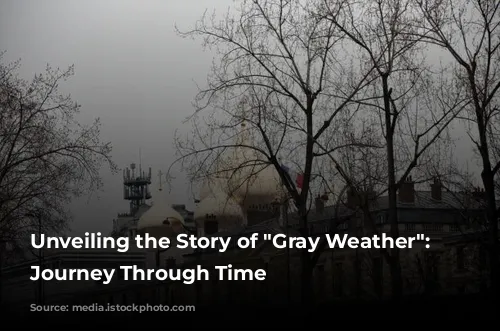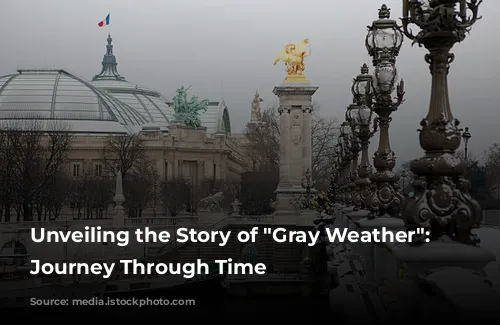This article dives into the fascinating history of Georges Seurat’s “Gray Weather,” a captivating landscape painting that has captivated art enthusiasts for over a century. Through a chronological exploration of writings and exhibitions, we’ll unravel the mystery surrounding this artwork’s origins, its unique features, and its journey from private collections to renowned museums.

Early Mentions: A Glimpse into Seurat’s Work
The initial whispers about “Gray Weather” emerged in the late 19th century, hinting at its presence in the art world. Octave Maus mentioned it in a 1889 publication, linking it to an exhibition of Les Vingt in Brussels. The following year, Georges Lecomte and Jules Christophe, influential art critics of the time, briefly discussed the painting, showcasing the early recognition of Seurat’s talent. Charles Saunier, in 1892, remarked on the painting’s “heureuse notation de valeurs” (happy notation of values), highlighting its masterful handling of light and shadow.
These early mentions provide us with a foundational understanding of the painting’s initial reception and position within the evolving art landscape.

A Painting’s Odyssey: Ownership and Exhibitions
The painting’s ownership changed hands throughout the early 20th century, shedding light on its growing prestige. Charles Angrand mentioned it in 1912 as a landscape owned by Séon, indicating its presence in private collections. In 1921, Johan H. Langaard and John Quinn further confirmed its ownership, with Quinn eventually purchasing it from Walther Halvorsen in 1922.
This period reveals “Gray Weather’s” journey from private collections to prominent hands, signifying its increasing value and importance within the art world.
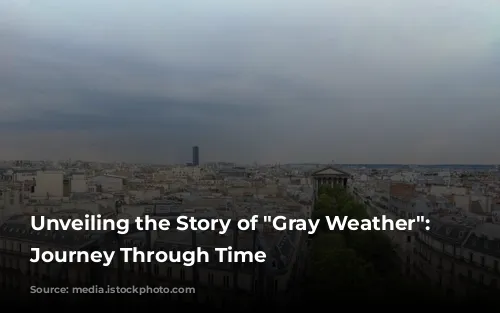
The Art Critics Weigh In: Analyzing Seurat’s Genius
Art critics, renowned for their discerning eyes and insightful commentary, offered their interpretations of “Gray Weather.” André Lhote described it as a view of the Seine, emphasizing its depiction of the iconic Parisian river. Walter Pach, in 1922, highlighted its significance, declaring that it “can lead us to a clearer understanding of [Seurat’s] method and his genius.”
These critiques, along with the insightful analysis by prominent figures like Walter Pach, provide valuable insights into the painting’s artistic merits and its influence on Seurat’s legacy.
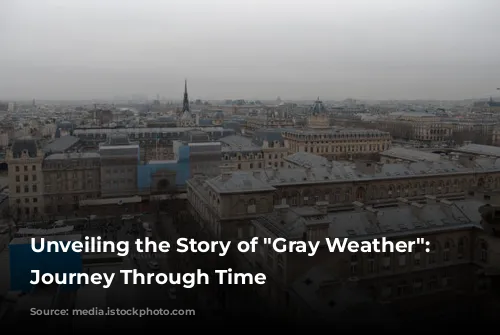
A Legacy Unveiled: Deeper Examination and Uncovering Secrets
Over time, scholars and art historians delved into the depths of “Gray Weather,” offering more detailed interpretations. Daniel Catton Rich named it “The River Bank of La Grande Jatte,” adding to the existing understanding of its setting. Robert J. Goldwater and John Rewald provided their analyses, dating the painting to 1885 and about 1887, respectively.
These detailed examinations offer a deeper understanding of the painting’s context and its evolving interpretation by prominent art historians.
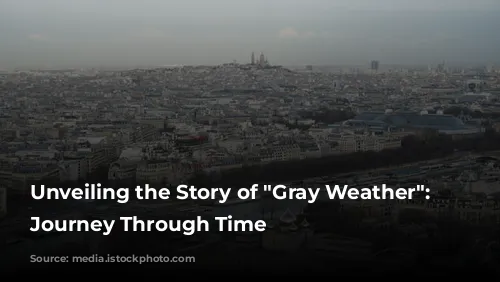
Ongoing Discussions: Controversies and Unanswered Questions
Discussions surrounding the painting continued, highlighting the complexity and intrigue surrounding “Gray Weather.” Henri Dorra and John Rewald questioned the painted border’s origins, pondering if it was added by the artist. Fiorella Minervino stated that the border was a later addition, possibly by a hand other than Seurat’s. Judith Zilczer noted that it was owned by Quinn’s sister, Julia Quinn Anderson, shedding light on the painting’s family ties.
These contrasting opinions and revelations demonstrate the ongoing discussions and mysteries surrounding the artwork.
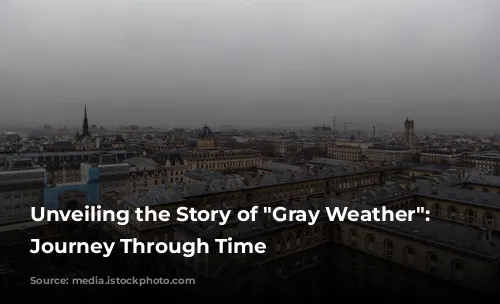
The “Gray Weather” Unveiled: A Masterpiece of Impressionism
In recent decades, modern scholars and museum curators have continued to analyze “Gray Weather,” shedding new light on its significance. Richard Thomson and Sarah Carr-Gomm emphasized the unusual high viewpoint used by Seurat, highlighting the artist’s unique perspective. Matthias Waschek and Joseph J. Rishel added further insights, suggesting the painted border was added later and providing evidence of Seurat’s experimentation with borders.
This ongoing exploration reveals the enduring fascination surrounding “Gray Weather,” underscoring its significance as a cornerstone of post-impressionism.
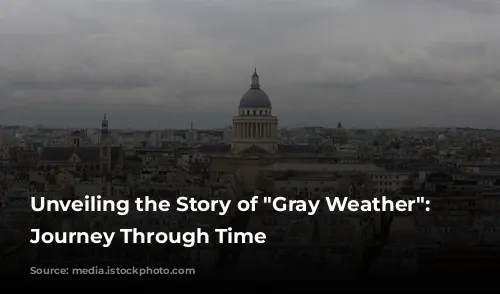
A Legacy Enduring: “Gray Weather” Today
“Gray Weather” stands as a powerful testament to Seurat’s genius, captivating viewers with its intricate details, vibrant colors, and mesmerizing portrayal of a Parisian landscape. Its journey through time, from private collections to renowned museums, demonstrates its enduring legacy in the art world. Today, the painting resides in the Metropolitan Museum of Art, showcasing its remarkable beauty and serving as a valuable resource for understanding the evolution of Impressionism and Post-Impressionism.
The continuous interest surrounding “Gray Weather” underscores its enduring appeal and importance, cementing its place as a masterpiece of Impressionism.
